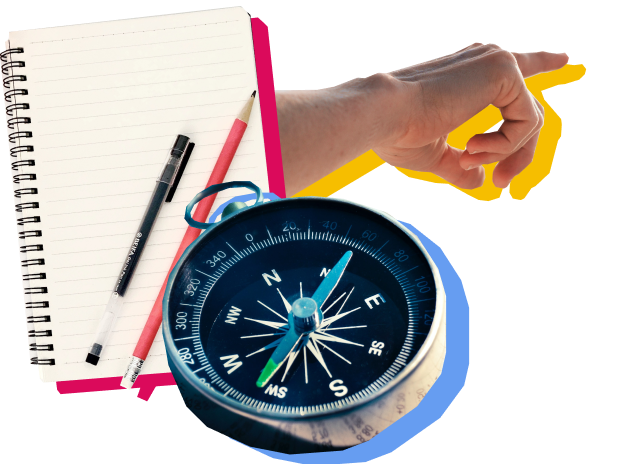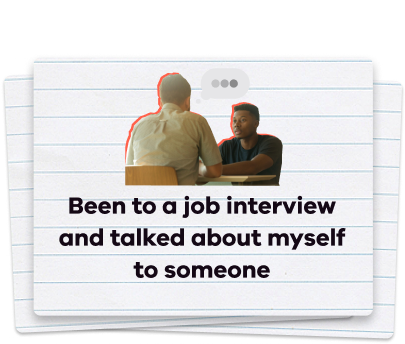A portfolio for a job interview (folio for short) is a folder that shows samples of your work. If you’re a graphic designer or a photographer, it could include designs or photographs. If you’re a writer or a computer coder, you can include articles you’ve written or screenshots of apps you’ve coded.
You don’t need to be in a creative field to have a folio. Anyone can use a job interview folio. Just think about things you can show and tell. It might be a flyer for an event you worked on, the brochure for a program you volunteer at, or photographs of building sites you’ve worked on.
The benefits of having a job interview portfolio
Creating a folio for a job interview helps you stand out from the other people who applied. It gives you some examples that you can expand on during the interview.
Explaining your folio allows you to take control of the interview. It lets you focus the interviewer’s attention on exactly what you want to tell them about your skills and experience.
Show your best work in your portfolio for interview
A folio should usually only have a small range of work. Choose your best work, but make sure it shows the range of your ability. For example, if you're going for a job as a computer coder, you can show examples of work in different computer languages you’ve used.
Tailor your interview folio for the job
Choose the items for your job interview portfolio based on the job description of the job you’re going for. A job description (or position description) is the list of tasks that someone in that job performs.
Make sure you choose things that relate as closely as possible to the kinds of tasks you’d be doing if you got the job. For example, you might be going for a job as graphic designer for an event company. Choose sample flyers and posters that show you know how to promote events.
A good interview folio tells a story
Folios tell a story, and a good story has a beginning, middle and end. If you can show a project you worked on in three stages, from conception, execution and delivery, you can tell a story about it.
For example, if you're submitting a folio of your sculpture work, include your first rough drawing, a sketch to scale with colours and materials listed, and a photo of the finished sculpture.
Before and after works well, too. For example, if you’re going for a job as a hairdresser, you can show a before and after shot of a client’s hair that you cut or coloured.
Practise talking about your job interview folio
Have a story you can tell about each item in your job interview folio. Don’t include an item if you can’t find something interesting to say about it.
Practise showing your folio to friends or family members to get used to talking about it.
If you can, ask a teacher or someone you know who works in the industry for their opinion about your folio.
Using a digital interview folio
If most of your work is on the web, it can be a good idea to create a digital interview folio. This can be a list of hyperlinks that you email to the employer before the interview, or a website where you bring together all your work in one place.
If your work is interactive and dynamic, it’s always best to show it in its native format, rather than in static screenshots.
On the other hand, it’s unusual for job interview rooms to have a projector and a computer with an internet connection. This might mean you’re not able to explain specific examples in front of the interviewer.

